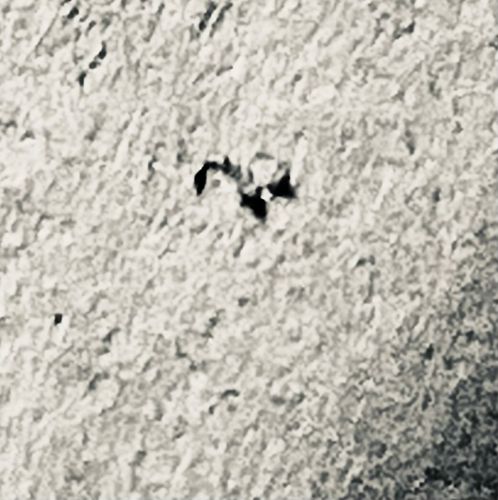Spider Mite
Scientific Name: Tetranychus urticae (Two-spotted spider mite is a common example)
Order & Family: Order: Acari, Family: Tetranychidae
Size: 0.3 - 0.5 millimeters (extremely small, often appearing as tiny moving dots)

Natural Habitat
Spider mites are found on numerous host plants, both indoors and outdoors. They commonly infest garden plants, agricultural crops, greenhouses, and houseplants. They prefer the undersides of leaves where they are protected.
Diet & Feeding
Spider mites are plant feeders, using their piercing-sucking mouthparts to extract cell contents from leaves, leading to stippling (tiny dots) and discoloration. They feed on a wide variety of plants, including ornamentals, field crops, and fruit trees.
Behavior Patterns
Spider mites often spin fine silken webs, especially when populations are high, to protect themselves and their eggs from predators and pesticides. They reproduce rapidly, with new generations appearing every 1 to 3 weeks depending on conditions. They thrive in hot, dry conditions.
Risks & Benefits
Risks: Spider mites are major agricultural and horticultural pests, causing significant damage to crops and ornamental plants. Heavy infestations can lead to leaf yellowing, bronzing, leaf drop, and even plant death, resulting in economic losses. Benefits: They serve as a food source for some predatory mites and insects, playing a role in the food chain, but their negative impact as pests far outweighs any direct benefits to humans.
Identified on: 8/27/2025